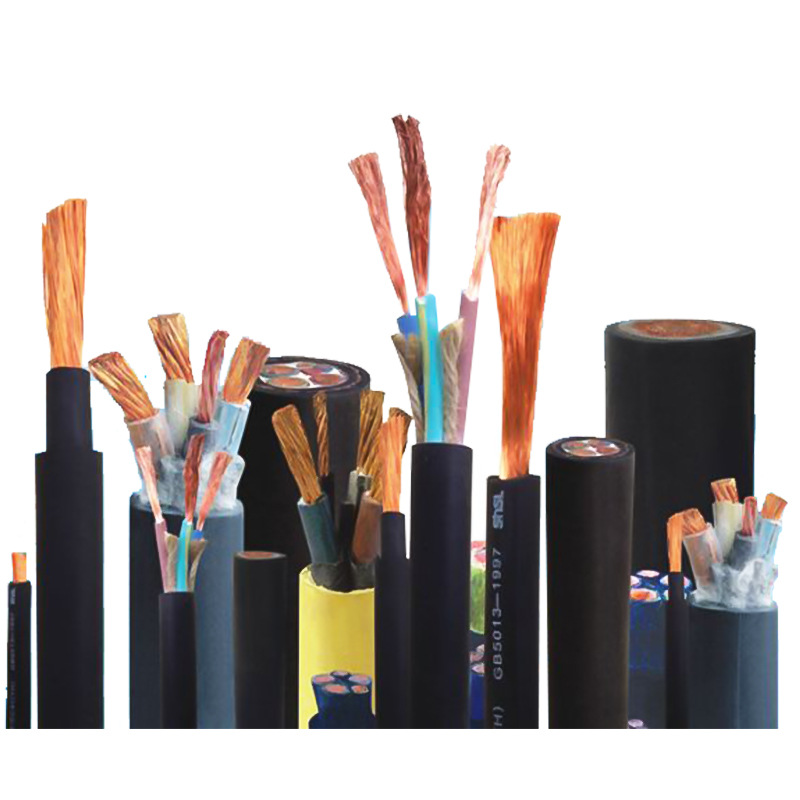Reasons for blackening of rubber cable copper wire in processing technology
The reason for rubber processing is that in the insulation formula based on the combination of natural rubber and styrene butadiene rubber, natural rubber needs to be plasticized to improve the plasticity of rubber. In order to increase output, some cable manufacturers use internal mixer for plastic refining, and also add a small amount of chemical plasticizer accelerator M to improve plasticity. If the plasticizing temperature and the temperature of raw rubber filtering are not well controlled, and a high temperature of more than 140 ℃ occurs, when the raw rubber is placed on the open mixer and slowly passes through the drum, and the accumulated rubber on it is affected by hot oxygen and accelerator M at the same time, it will be found that the rubber surface seems to be coated with a layer of oil. In fact, the chain breaking of rubber molecules is relatively serious under the promotion of chemical plasticizers, resulting in relatively soft and sticky rubber with small molecular weight. Although the insulating rubber was mixed with styrene butadiene rubber later, these small molecular weight natural rubber were evenly dispersed in the rubber. After these rubber were extruded and wrapped on the copper wire for continuous vulcanization, there may be no problem at that time, but it has buried a hidden danger for the rubber to stick to the copper wire, that is to say, these small molecular weight natural rubber will first appear the phenomenon of local sticking to the copper wire. The process of adding vulcanizing agent and accelerator to insulating rubber is also very important. Some small factories add vulcanizing agent to the open mill, that is, pour the cans containing vulcanizing agent into the middle of the drum, with many in the middle and few on both sides. When the vulcanizing agent is eaten into the rubber, the number of triangle turning is less, which will make the vulcanizing agent unevenly distributed in the rubber. In this way, during continuous vulcanization of extrusion, the copper wire is easy to blacken where there is more vulcanizing agent. After a long time in the blackened place, there will be rubber sticking to the copper wire.

Reasons for vulcanization of insulating rubber in order to pursue production, some enterprises have a continuous vulcanization tube only 60 meters long, the steam pressure is 1.3mpa, and the vulcanization speed should be opened to 120 meters / minute, so that the residence time of insulating rubber in the tube is only 30 seconds. The rubber itself is a poor conductor of heat. The surface temperature of the insulated wire core is greater than 190 ℃. When the temperature is transferred to the inner rubber in contact with the copper wire, it is absorbed by the copper wire. When the copper wire is heated to close to the temperature of the inner rubber, the vulcanized rubber wire core has been out of the vulcanization tube. In this way, the temperature of the inner rubber is relatively low, about 170 ℃. After staying for only a few seconds, it will leave the vulcanization pipe, enter the cooling and take-up, and the insulating rubber will be insufficient vulcanization. In order to achieve sufficient vulcanization. The amount of accelerator TMTD (used as vulcanizing agent) is as high as 3.4%. Excessive vulcanizing agent releases more free sulfur during vulcanization. In addition to crosslinking rubber molecules, there is also excess free sulfur. This is the reason for the blackening of the copper wire surface. opgw wire
 中文
中文 







